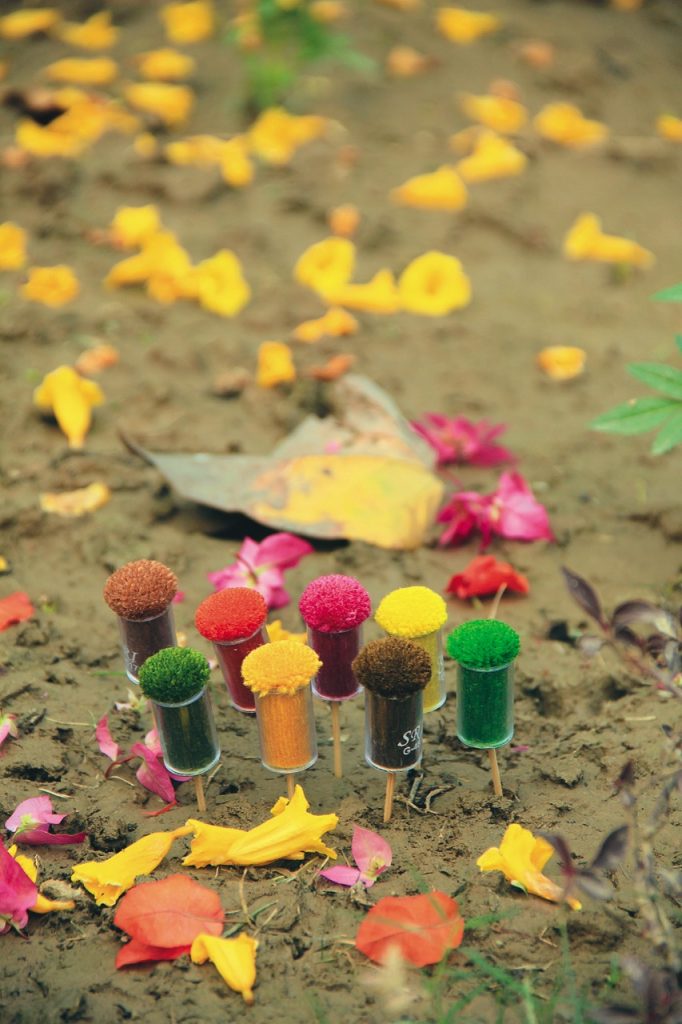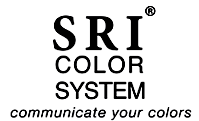
SRI Color System Is A Convenient User Guide Format Allows For Optional Standardized Color Predominantly Arranged Chromatically to Allow For Easy In Visually Location Color Families And Ranges with handy Portability. By Standardizing The Colors, Different Manufacturers, Traders As Well As Users Of Textile, Carpet, Architect, Yarn Manufacturing Industries In Different Locations Are Being Threaded By Using An SRI Numbered Color, Making Sure The Colors Match Without Direct Contact With One Another.
DUST – SRI Color POMS Are Being Made Off With Natural Wool And Viscose Fibres That Absorb Things Like Smoke, Cleaning Chemicals And Dust That Can All Lodge On The Face Of Your POMs And Cause Them To Fade. We Recommend You To Keep The POMs In Dust Free Atmosphere.
HEATED ATMOSPHERE – We Strongly Recommend You Not To Use The SRI Color POMs In Any Heated Atmosphere. During Manufacturing And Production Processes, Things Can Get Pretty Heated Literally. Using Heat Or High Temperature Is Common Practice In Plant Operations To Manufacture A Product. Elevated Temperature, However, Can Affect A Products Physical Appearance, Particularly Color. This Color Change From Temperature, Called Thermochromism, is problematic for plastic, coating & Textile Applications During Quality Control Inspections. A Pigment Or Dye’s Reaction To High Temperature Depends On Its Chemical Properties And Material.
Too Hot Of Temperatures Or Long Exposure To High Temperature May Completely Degrade The Color Of An Object, In Other Instances, An Object Or Sample Drifts To Another Shade Or Color Until It Stabilizes Back To Room Temperature. Certain Colors Are More Susceptible To This Drift, Depending On The Application. In The Textile Industry, For Example, A Textile Material Goes Through A Dye Process That Often Shifts Its Color Temporarily. After Being Taken Out Of The Dye Bath, Textiles Are Rinsed, Finished And Then Placed In A High Temperature Oven To Dry. The Sample Is Then Removed From The Oven After A Standard Drying Time And Set Aside To Condition, Or Cool Down To Ambient Temperature. However, Manufactures May Notice A Change In The Textile Color During This Time. A Fabric Dyed Blue, For Example, May Drift To A Reddish Hue While It’s Still Hot Or Warm From The Oven And Then Slowly Adjust To Its Correct Blue Color After Stabilizing To Room Temperature. Because Of This Temporary Drift In Color, Evaluating The Sample Against The Standard During This Cool Down Stage Will Deliver Misleading Results.Once The Sample Is Stabilized Temperature, Visual And Instrumental Evaluations Can Be Performed More Accurately To Identify If The Sample Color Meets The Standard.
HUMIDITY & TEMPERATURE – The fading that devastates chromogenic films occurs in the dark, and is accelerated by higher temperatures and, to a lesser extent, relative humidity. The acetate base decay may contribute to dye fade by lowering the pH of the gelatin binder, promoting dye fade in pH sensitive dye layers. We suggest you keep the SRI POMs away from humidity and temperature as far as possible that could be a reason for the color fading.
PROPER KEEPING – Try to keep the SRI Color POMs in proper way that is in the right pocket of the concerned SRI Color box and that should be kept in dark area.

